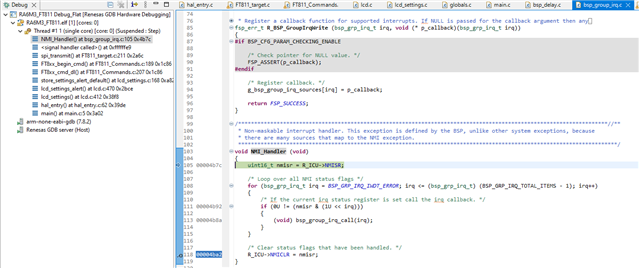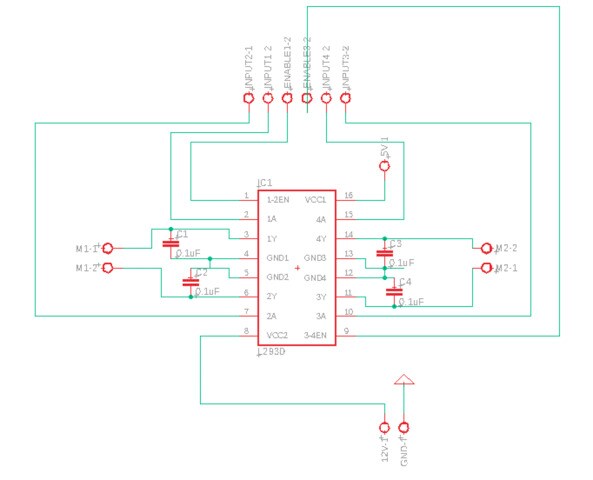Hello, Not sure that the product I am looking for exists. It should behave like an LED driver but after looking through different LEDs I did not find a product that meets my needs.Can drive 1…. 15 LEDs connected in series Have ...Read more
Hello,
Not sure that the product I am looking for exists. It should behave like an LED driver but after looking through different LEDs I did not find a product that meets my needs.
- Can drive 1…. 15 LEDs connected in series
- Have a possibility to change current through LEDs (not by PWM!)
- Have the possibility to switch ON/ OFF LEDs rapidly. to ensure bitrate 200kb/ sec
Does such a product exist?
Thanks.
Read less



Hello, Right, existing LED drivers all have PWM engines. It depends on the LED, some have Vf = 1.8, and some have 3.5V. So, 15x3.5 = 52.5 V in direct mode. Also current, 20 mA or more? For low current low voltage OPA may be an option, or OPA buffered by transistor for high CV. Thank You
Hello,
Right, existing LED drivers all have PWM engines.
It depends on the LED, some have Vf = 1.8, and some have 3.5V. So, 15×3.5 = 52.5 V in direct mode. Also current, 20 mA or more?
For low current low voltage OPA may be an option, or OPA buffered by transistor for high CV.
Thank You
See less